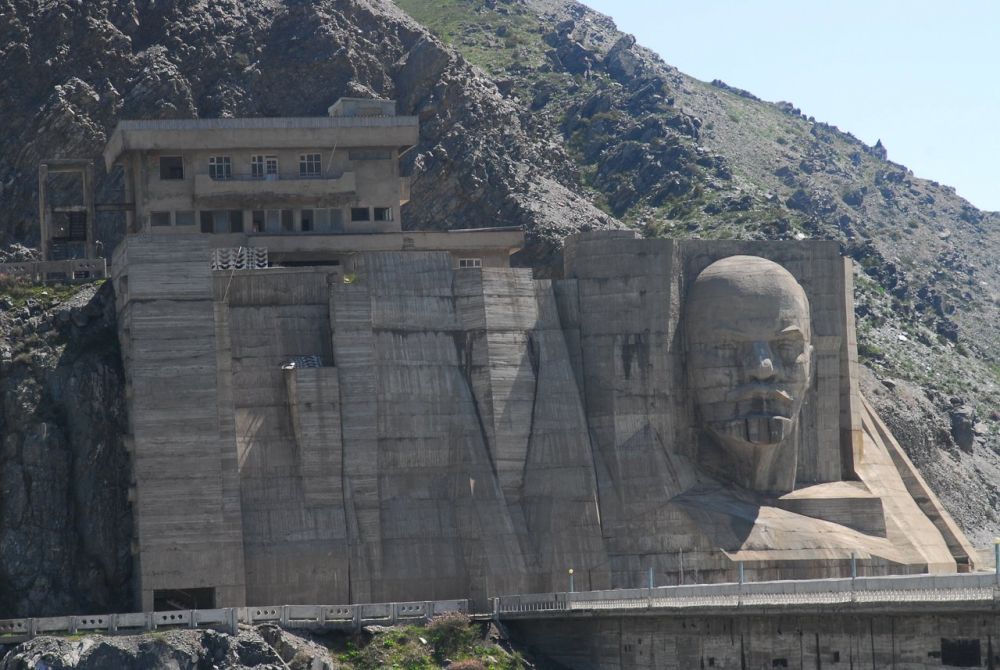

The Kirov Reservoir, situated in the beautiful region of Talas in Kyrgyzstan, has been an integral part of the area’s ecology and economy. Named after Sergei Kirov, a prominent early Bolshevik leader, the reservoir has played a key role in irrigation and hydroelectric power production for the region. While not originally developed as a tourist destination, its stunning landscapes and outdoor activities have slowly placed it on the tourism map.
Historically, the regions of Kyrgyzstan were popular with adventurers looking for off-the-beaten-path experiences. The tourism industry in the country, and particularly in Talas, remained generally underdeveloped during the Soviet era. However, following Kyrgyzstan's independence in 1991, there has been a steady increase in the recognition of the country's natural vistas and cultural heritage as valuable tourist assets. As a part of this broader tendency, the Kirov Reservoir began to attract local visitors and intrepid foreign tourists alike, seeking its tranquil waters and the surrounding rugged terrain for recreation and relaxation.
Boasting a serene alpine setting, the Kirov Reservoir and its surroundings offer visitors a chance to enjoy activities such as fishing, kayaking, and hiking. The reservoir's rich biodiversity and the splendor of the Talas Alatau mountain range provide an enchanting backdrop for bird watching and nature photography. These elements have gradually increased its appeal for eco-tourism aficionados.
In recent years, there has been a concerted effort by the Kyrgyzstan government and local businesses to bolster the tourism sector. This includes developing infrastructure, promoting homestays, and improving access to remote areas.While mass tourism has not yet reached Kirov Reservoir compared to other regional hubs like Lake Issyk-Kul, its undisturbed environment presents a unique niche for sustainable and community-based tourism. Travelers are increasingly seeking authentic experiences, and Kirov Reservoir provides just that, away from crowded tourist destinations.
One of the biggest challenges facing Kirov Reservoir is balancing the need for economic development with conservation efforts. The increase in tourism has to be managed carefully to prevent environmental degradation. Initiatives aiming to promote eco-friendly tourism practices are an integral part of preserving the reservoir's pristine condition for future generations.
Kirov Reservoir remains a hidden gem in Kyrgyzstan's varied landscape. Its historical significance combined with the potential for outdoor recreation paves the path for a sustainable growth in tourism. As the global tourism industry keeps evolving, places like Kirov Reservoir offer opportunities for travelers to explore unspoiled nature while supporting local communities and their economies. It’s this balance of heritage, nature, and mindful development that will continue to define the tourism narrative for Kirov Reservoir and the broader region of Talas.